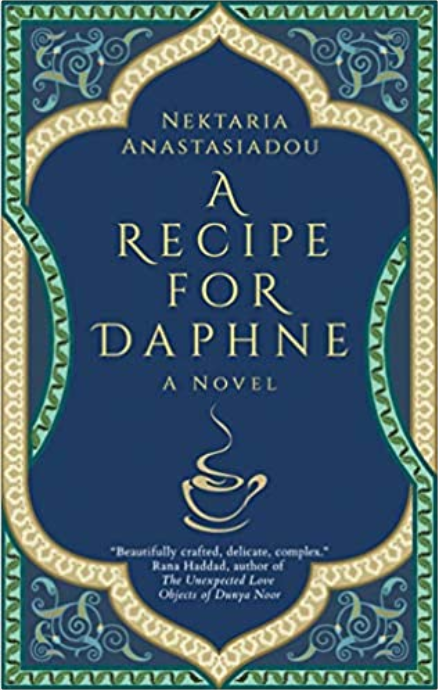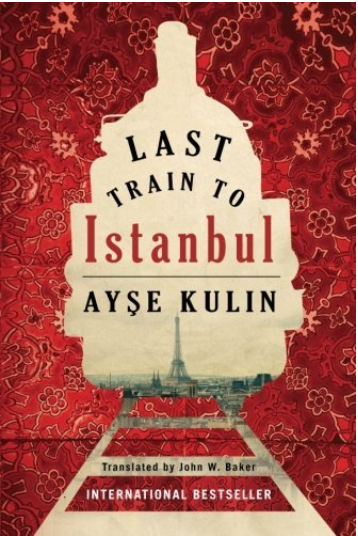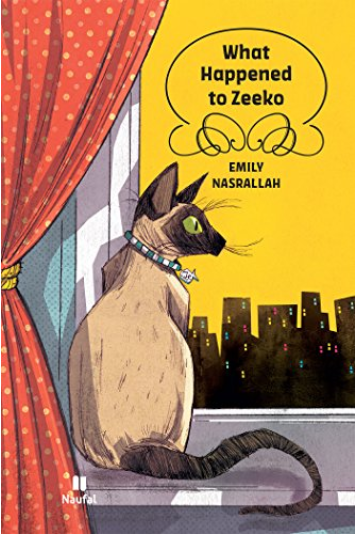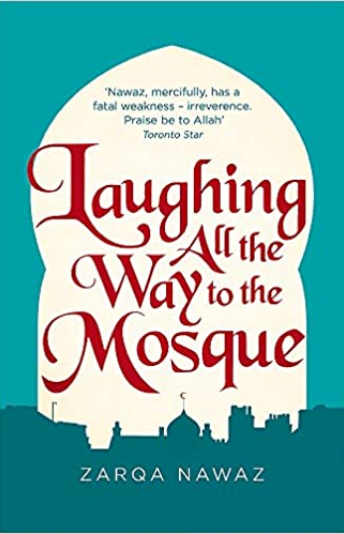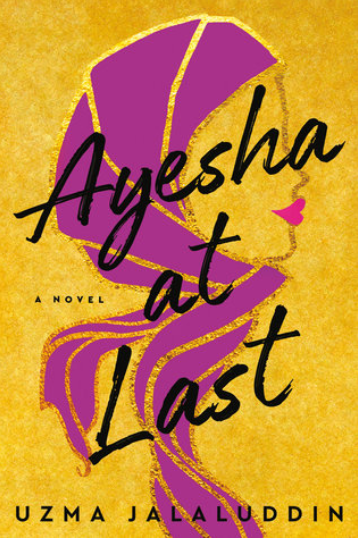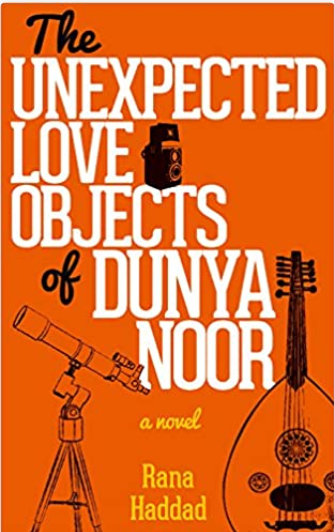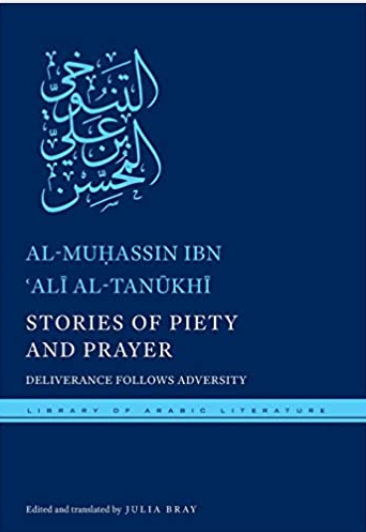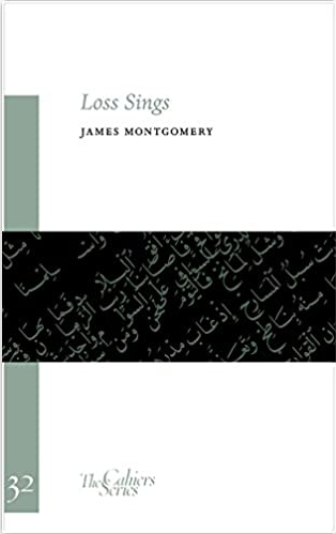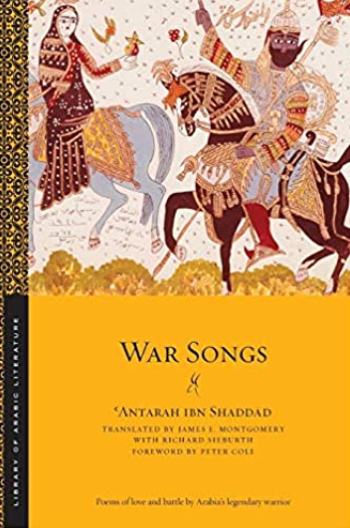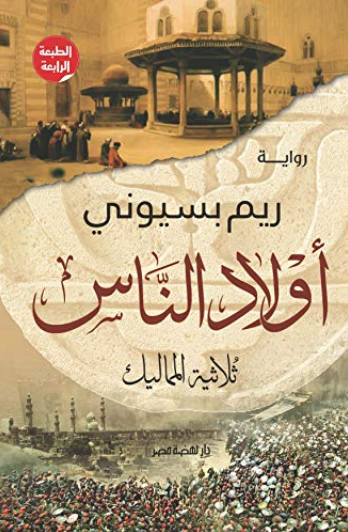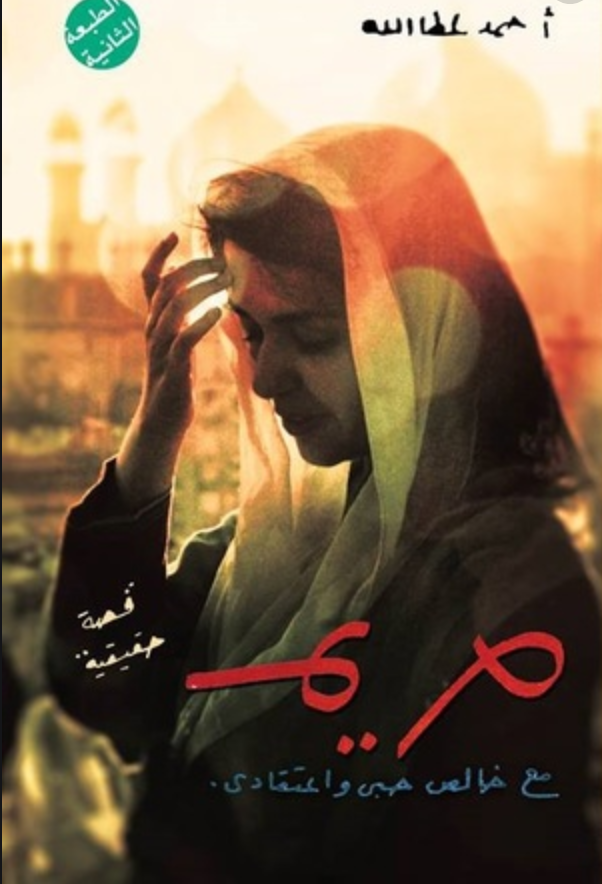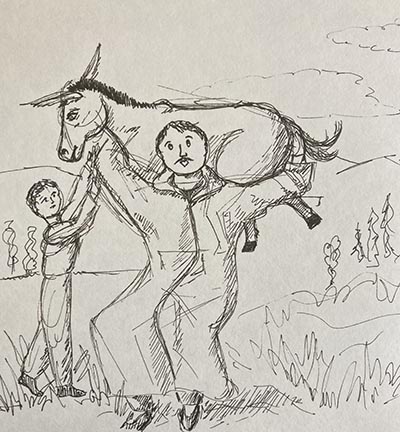Favorite MENA Books Read in the Past Year
Having posted Kids & YA book recommendations last month, this month I’d like to share some of my favorite MENA-related fiction and non-fiction selections that I read roughly in the past year. If you want to learn more about MENA and/or participate in a community of readers, check out the MENA Lit Group on goodreads.com .
Fiction
A Recipe for Daphne by Nektaria Anastasiadou | A delightful mix of lighthearted comedy and weighty issues of identity and history in Turkey. A brand new debut – I hope she writes more books! My review is here.
Last Train to Istanbul by Ayse Kulin, translated by John W. Baker | A suspenseful and thoughtful novel about the situation of Jews in relation to Turkey during WWII.
What Happened to Zeeko? by Emily Nasrallah (Available in Arabic as يوميات هرّ) | A sweet story, written by a talented writer and mother, about her daughter’s cat and its experience of the Lebanese civil war. I enjoyed Emily Nasrallah’s reading of it (in Arabic) in audiobook form (from Audible). This can certainly be classified as a YA novel, although adults can enjoy it just as much! There is also a lovely reflection on this book by the daughter who had the cat (Hoda Marmar) in the “Cats” issue of ArabLit Quarterly (Fall 2020). Available here.
The Unexpected Love Objects of Dunya Noor by Rana Haddad | How many novels can you name that are set in modern Syria? How many of those are intentionally funny? Not many, right? If you wish you could find one, then you need to read this book! Focuses on a young woman growing up a little apart from everyone around her, noticing visual details and personality quirks. Like a Syrian Amélie. A tantalizing comedy of errors. If you liked Persepolis by M. Satrapi, you might like this, and vice versa.
Fantasy trilogy by S. Chakraborty | Beginning with City of Brass, the Daevabad trilogy is packed with suspense, imagination, and historical research. Draws on Islamic theology and folklore, reimagining creatures such as jinn, afrit, and shadu. The author also has a special interest in cuisine!
On South-Asian Muslim immigrant culture in North America, I have a fiction and non-fiction pick. The non-fiction is the hilarious Laughing all the Way to the Mosque by Zarqa Nawaz, the director of the comedy TV series, Little Mosque on the Prairie. And I already included the fun novel, Ayesha at Last, as a YA selection in last month’s post here.
In terms of classics, I’ve got to mention Julia Bray’s first volume of her careful translation of Stories of Piety and Prayer: Deliverance follows Adversity (Ar. Al-Faraj ba‘d al-shidda) by al-Tanukhi. Also James E. Montgomery’s translations of al-Khansa’ and personal reflections (Loss Sings) and War Songs: Poetry by ‘Antarah ibn Shaddad, which includes poetry attributed to the 6th-c. hero as well as poetry voiced by his character in the later Epic of ‘Antar (Sirat ‘Antar).
All-Arabic Books:
أولاد الناس Awlad al-nas / Sons of the People by Reem Bassiouney (English translation forthcoming) | A masterful, multi-generation epic set in Mamluk Cairo (1309-1517). The action moves out of Cairo at times, to Alexandria, Greater Syria, or the Western Desert, but it is focused around several historic buildings of Mamluk Cairo. There are also brief scenes from 2005-2017. For me, the heart of the book lies in the first of the three main stories, set in the 14th century. See my full review here.
Maryam by Ahmed Atalleh | A true story of an Egyptian man who spent years seeking a legal solution to marry an Egyptian woman in Egypt. He happened to be Christian and she happened to be Muslim; therefore their marriage in Egypt would be illegal, without either changing their religious affiliation. A solution has yet to be found for this Egyptian social issue. A compelling case. Partial translation in English by Omar Ibrahim available at Arablit here.

